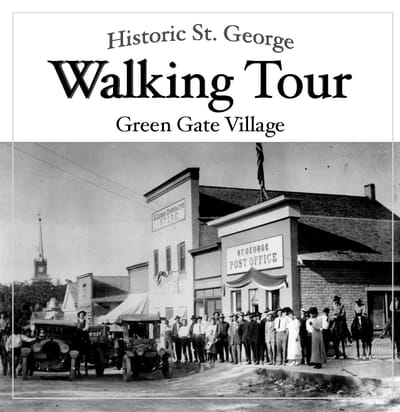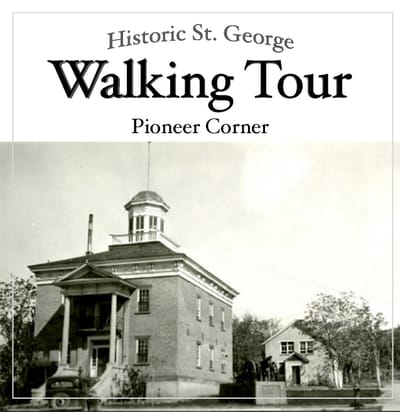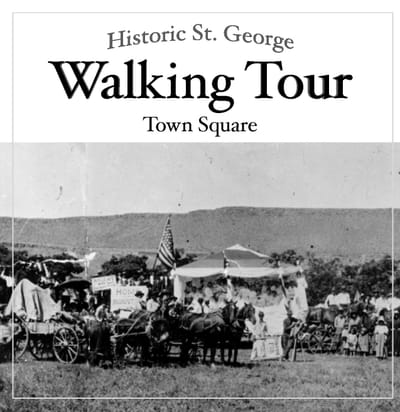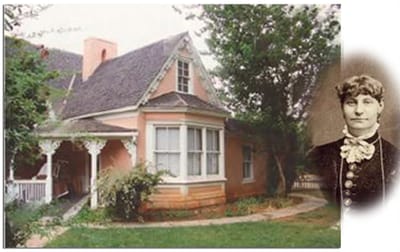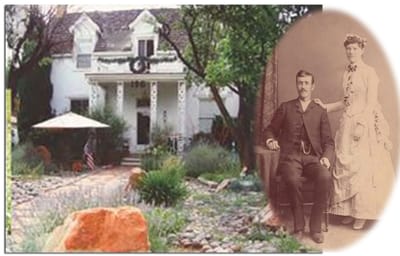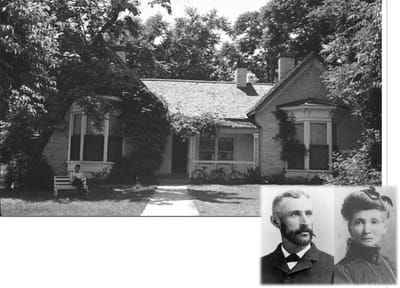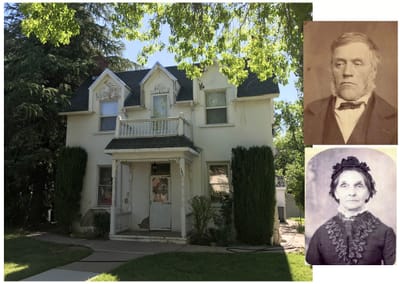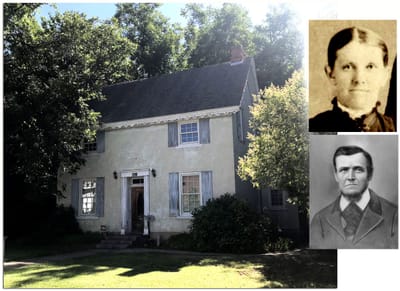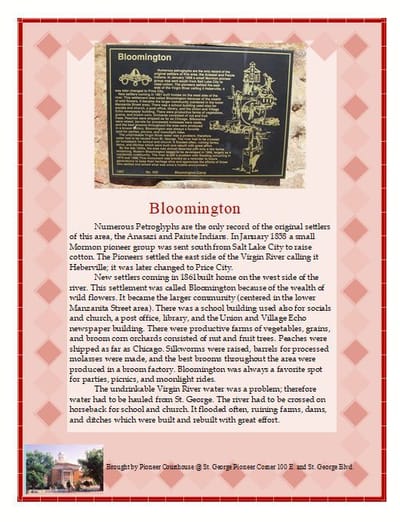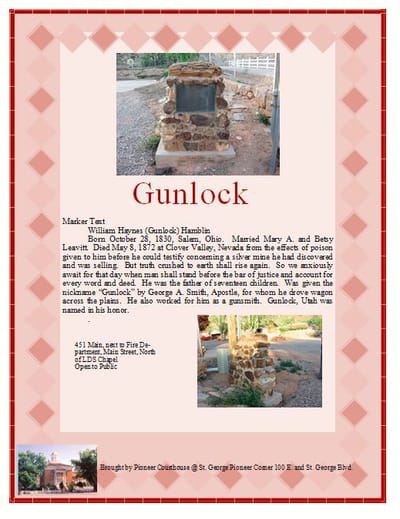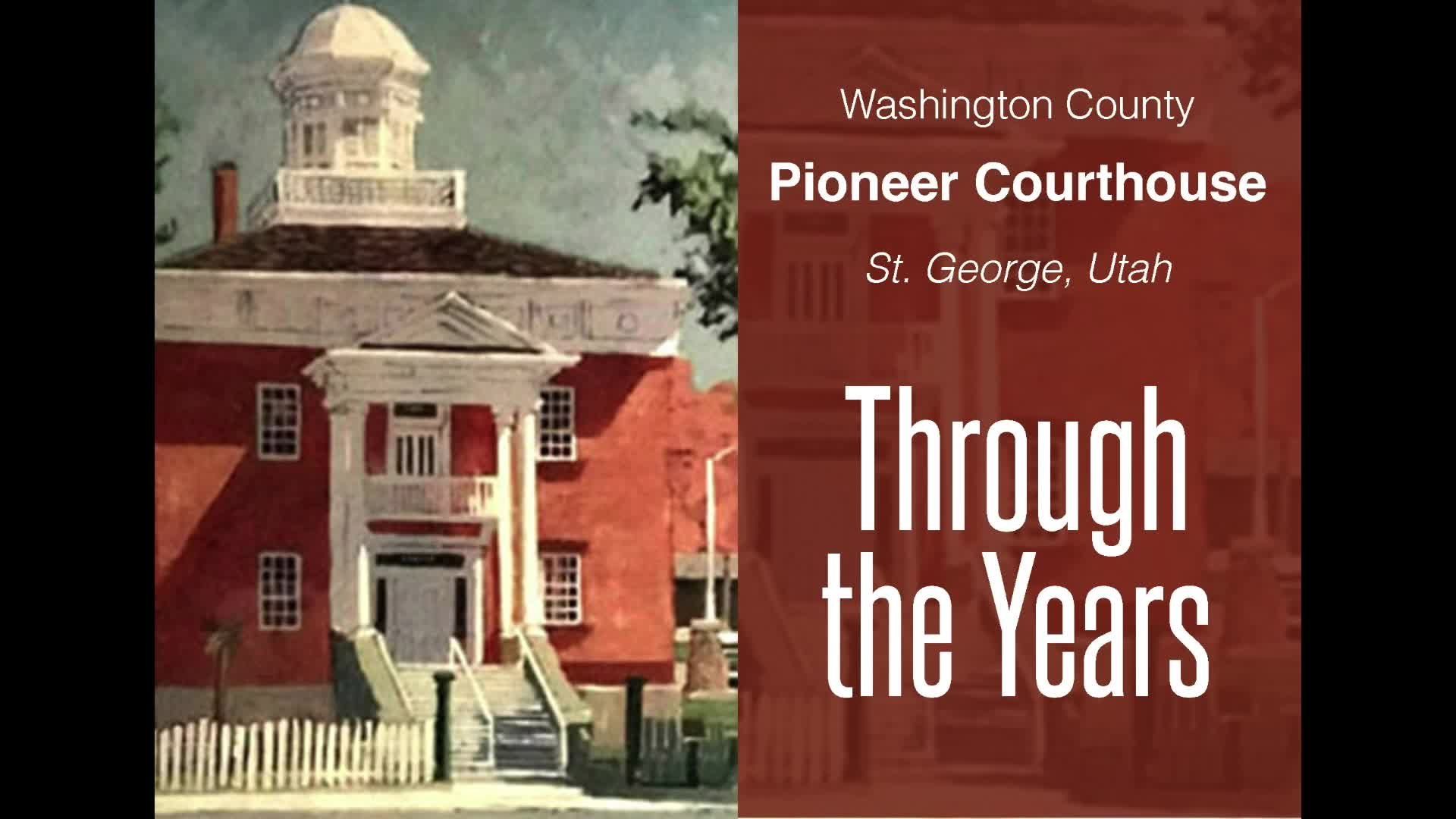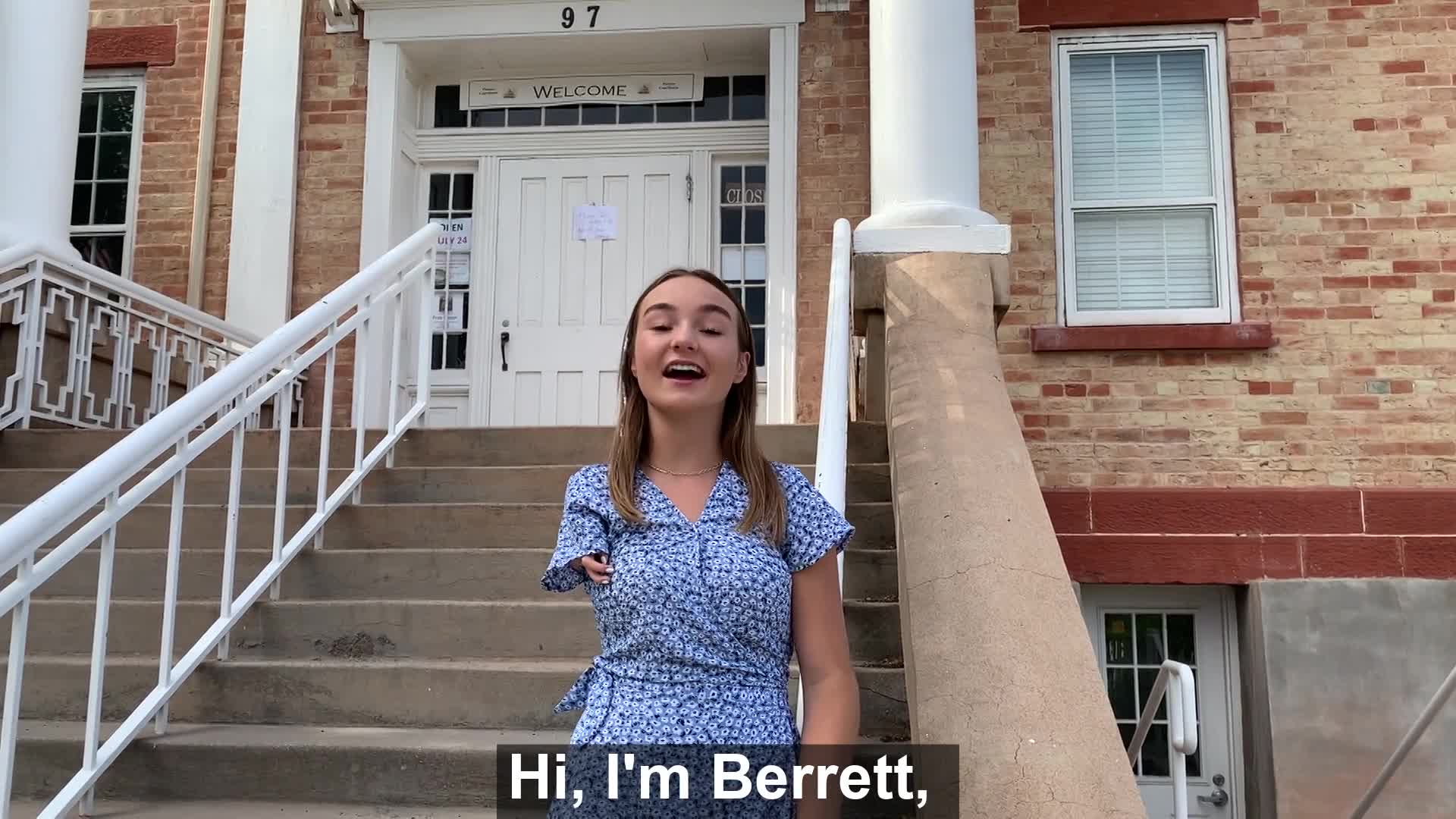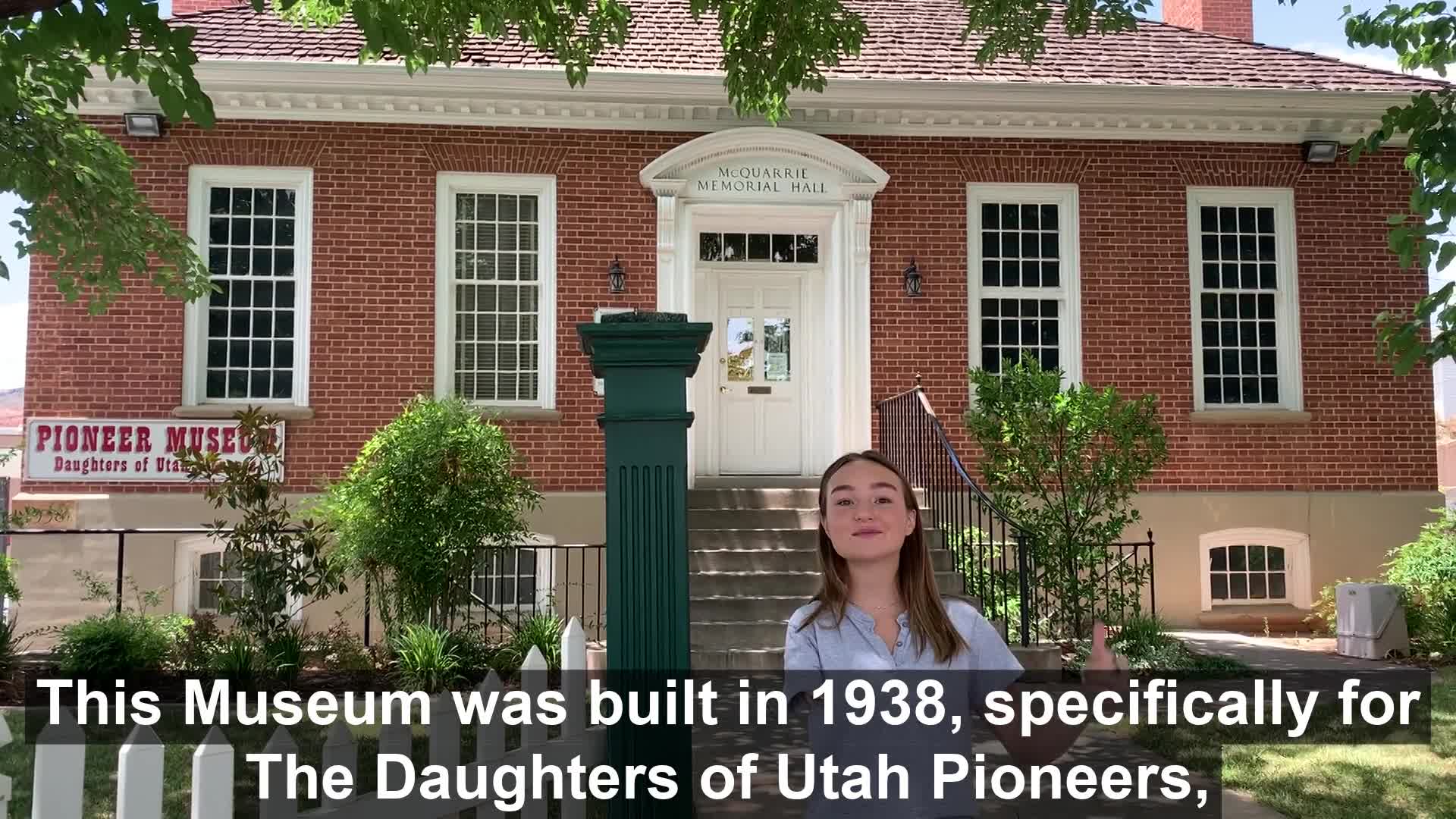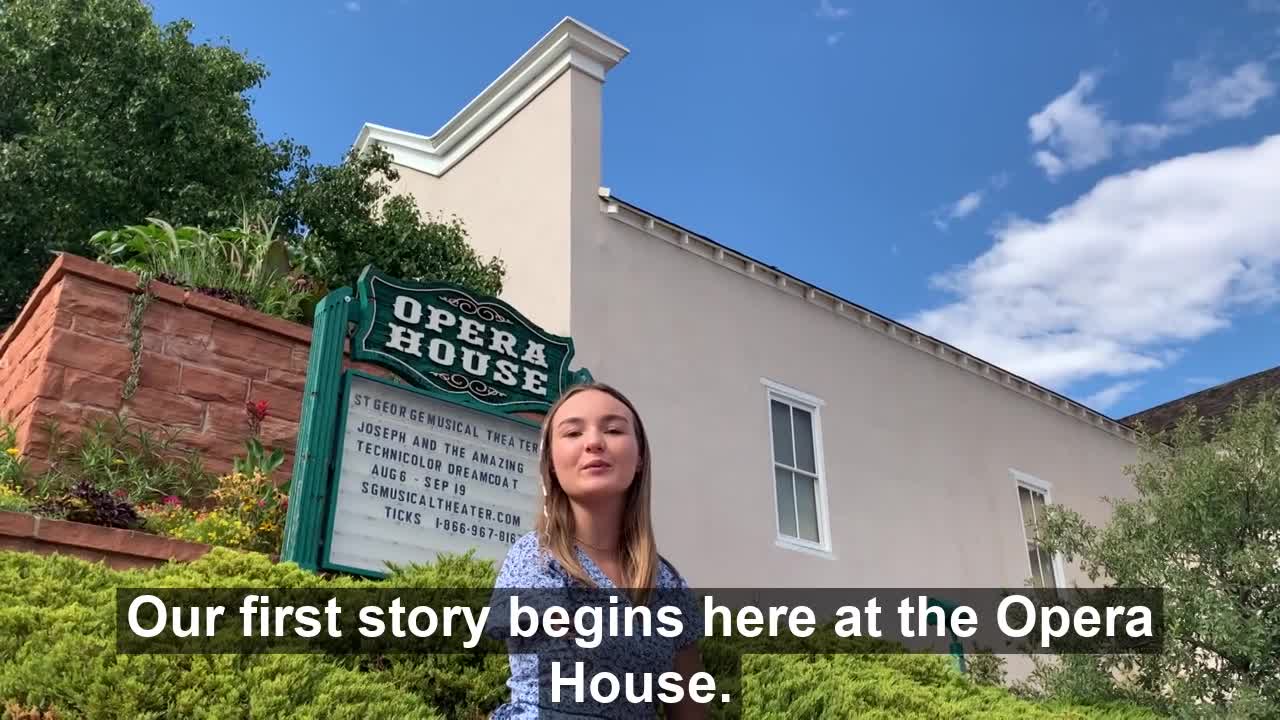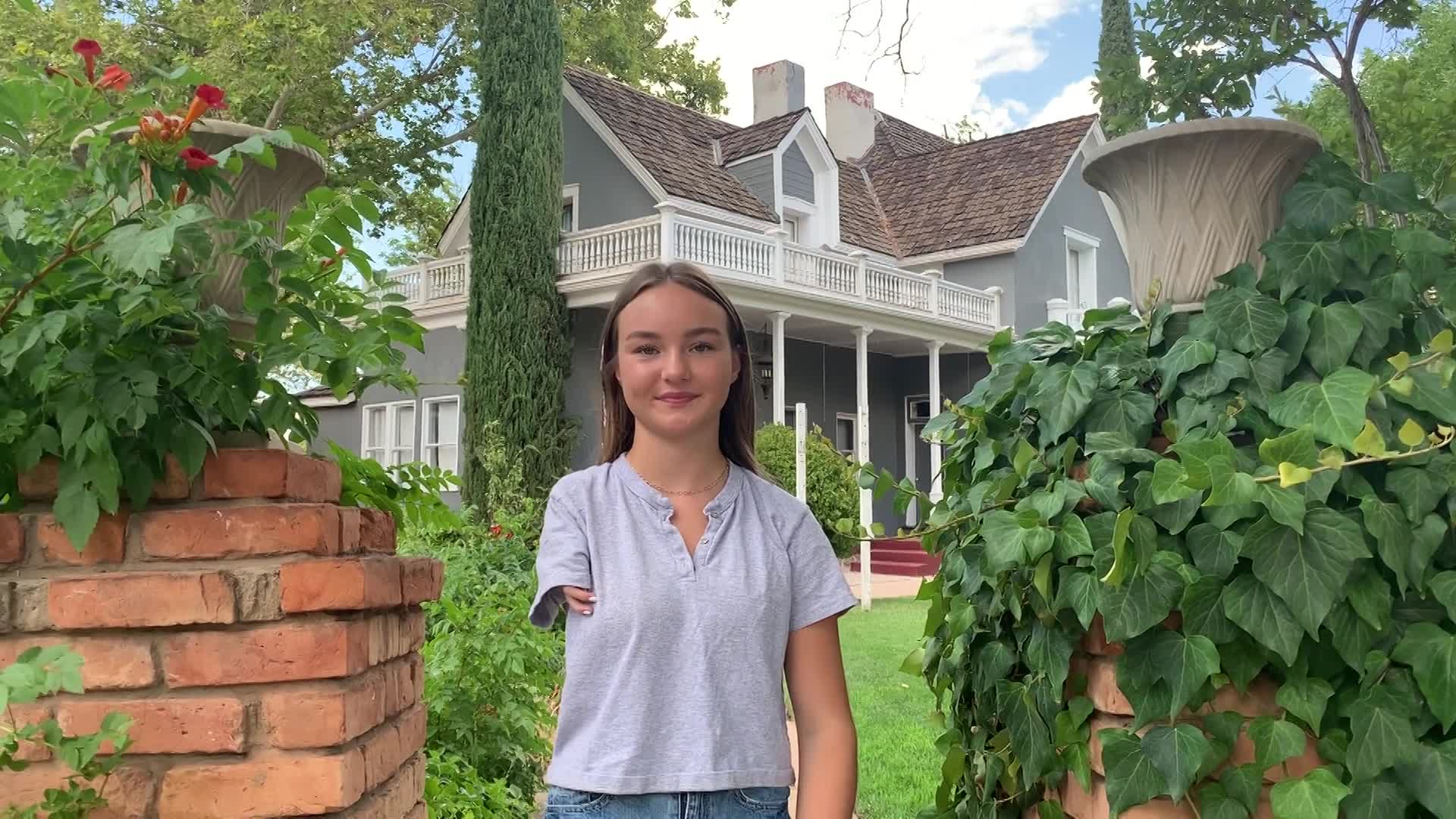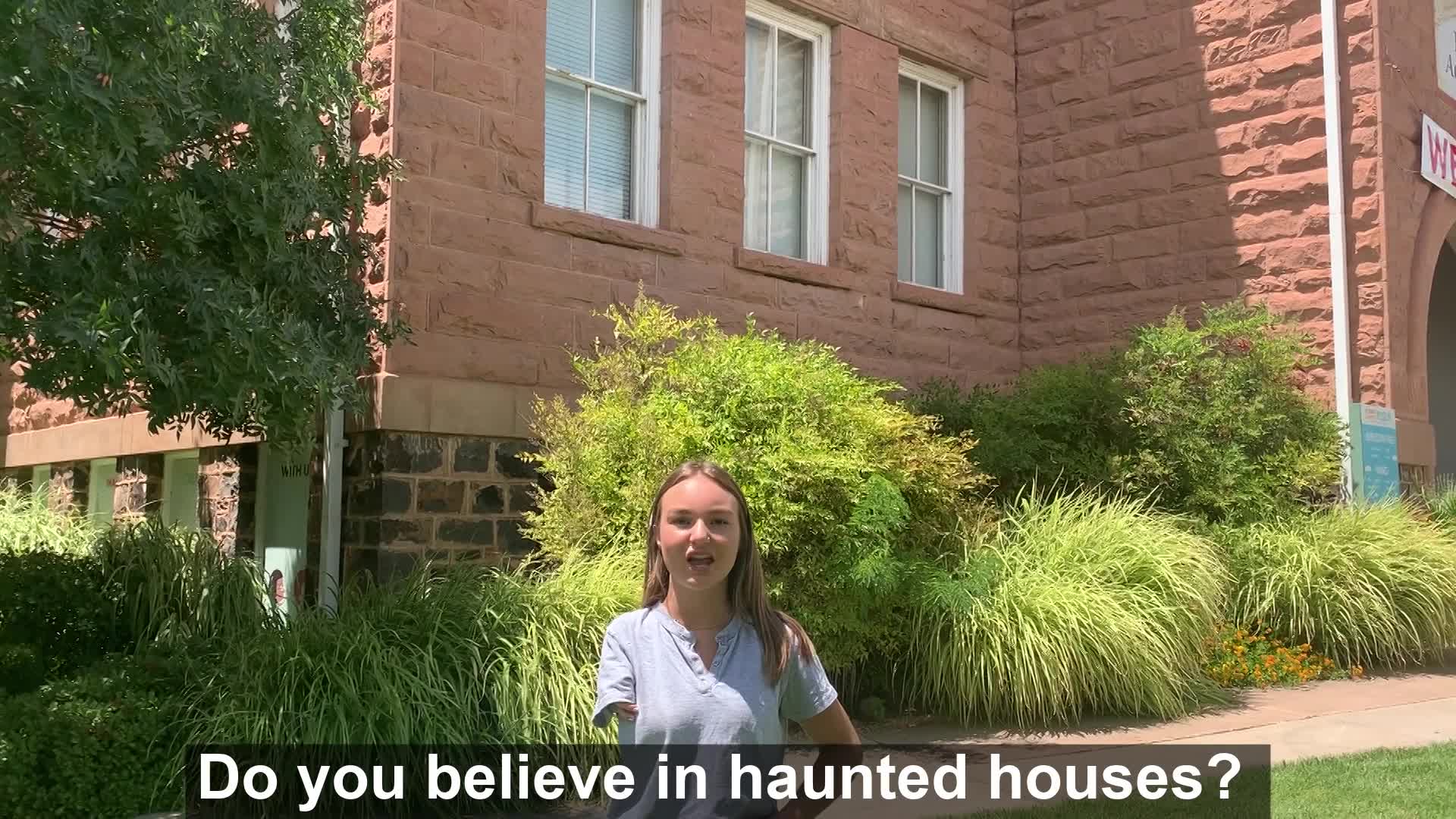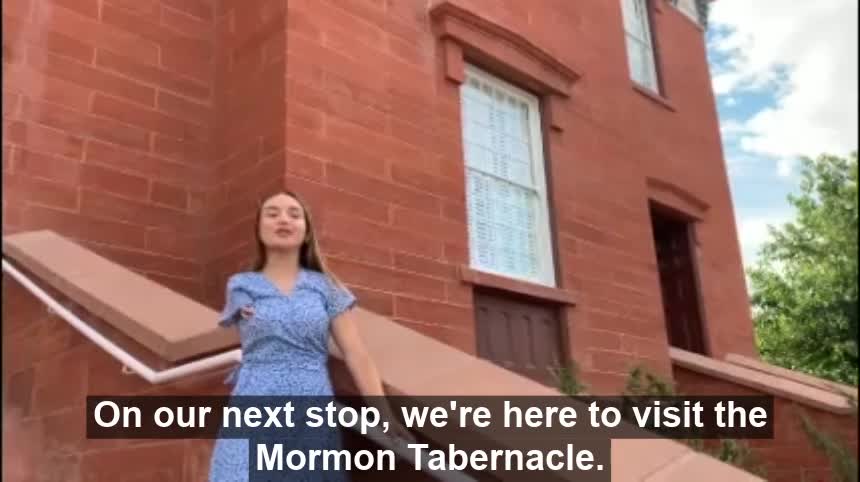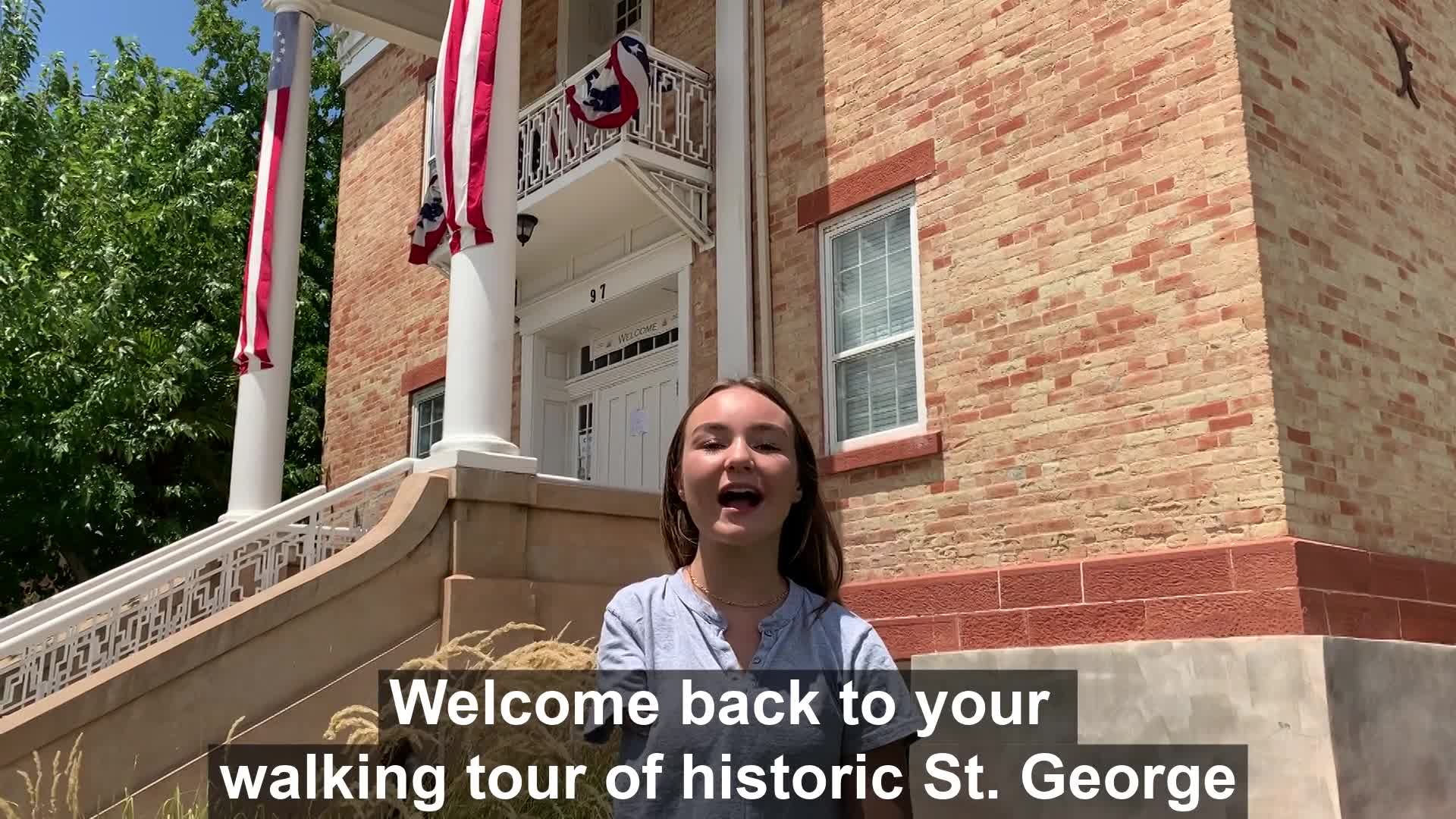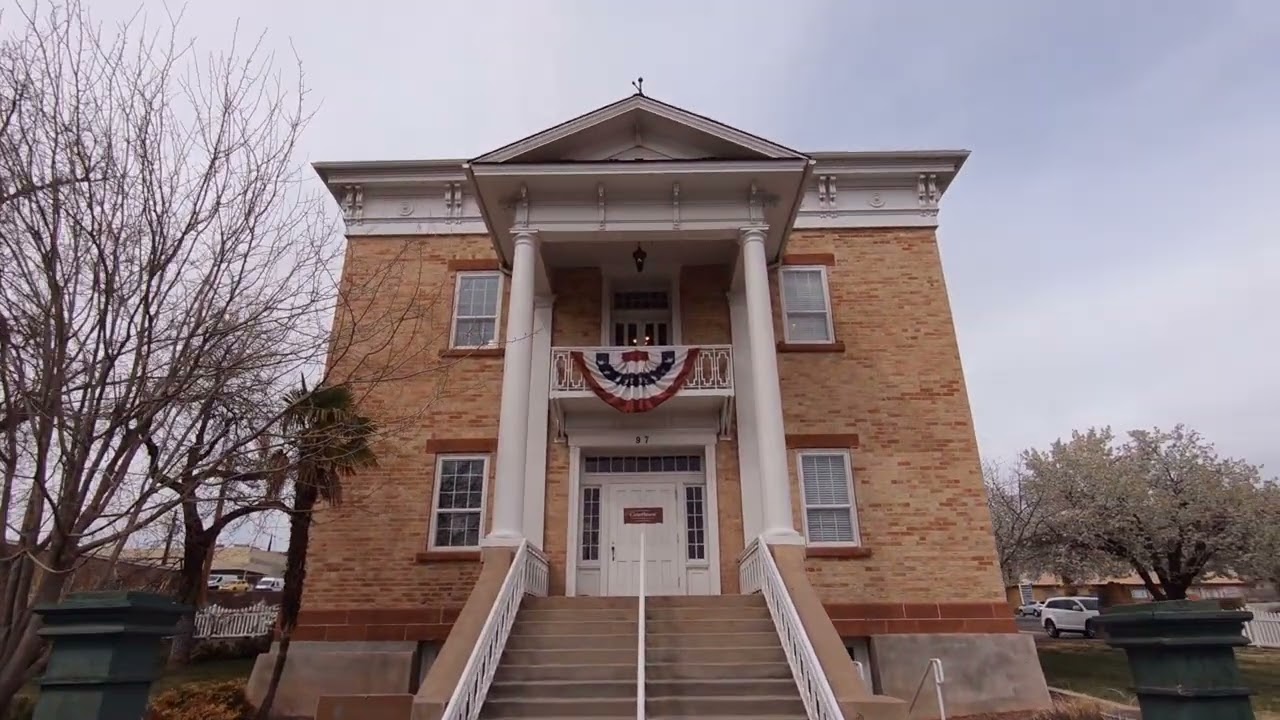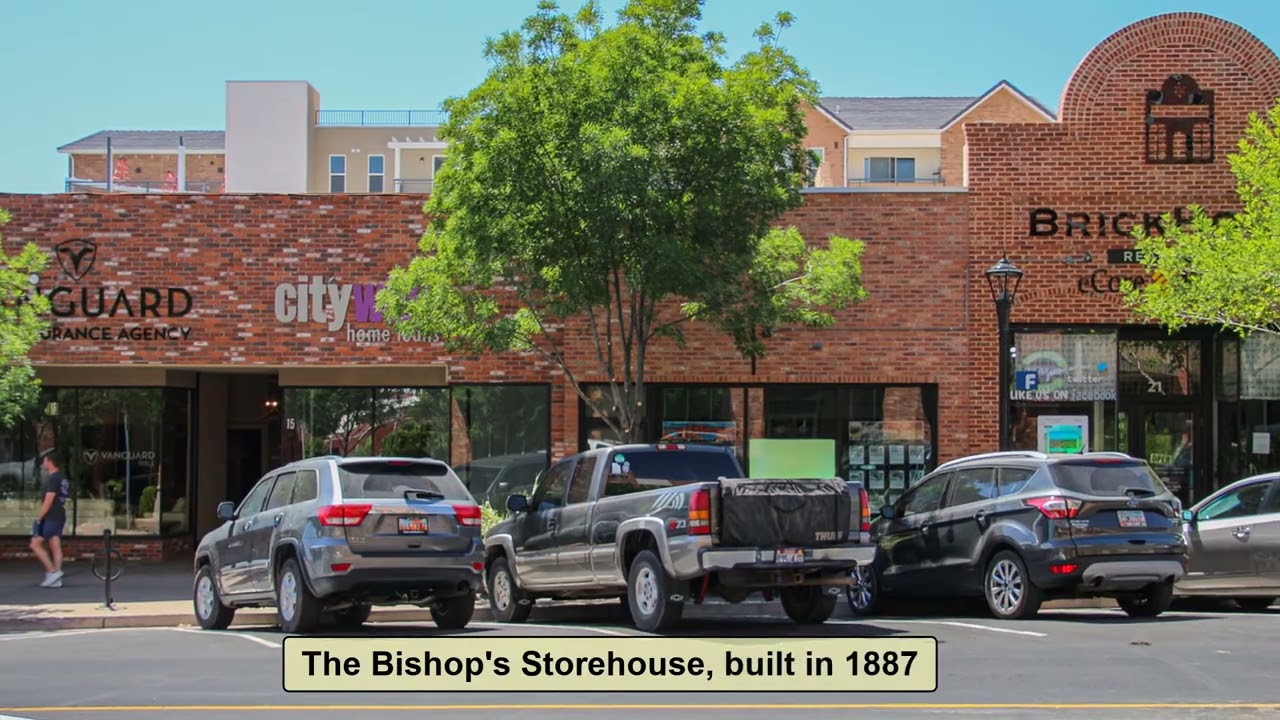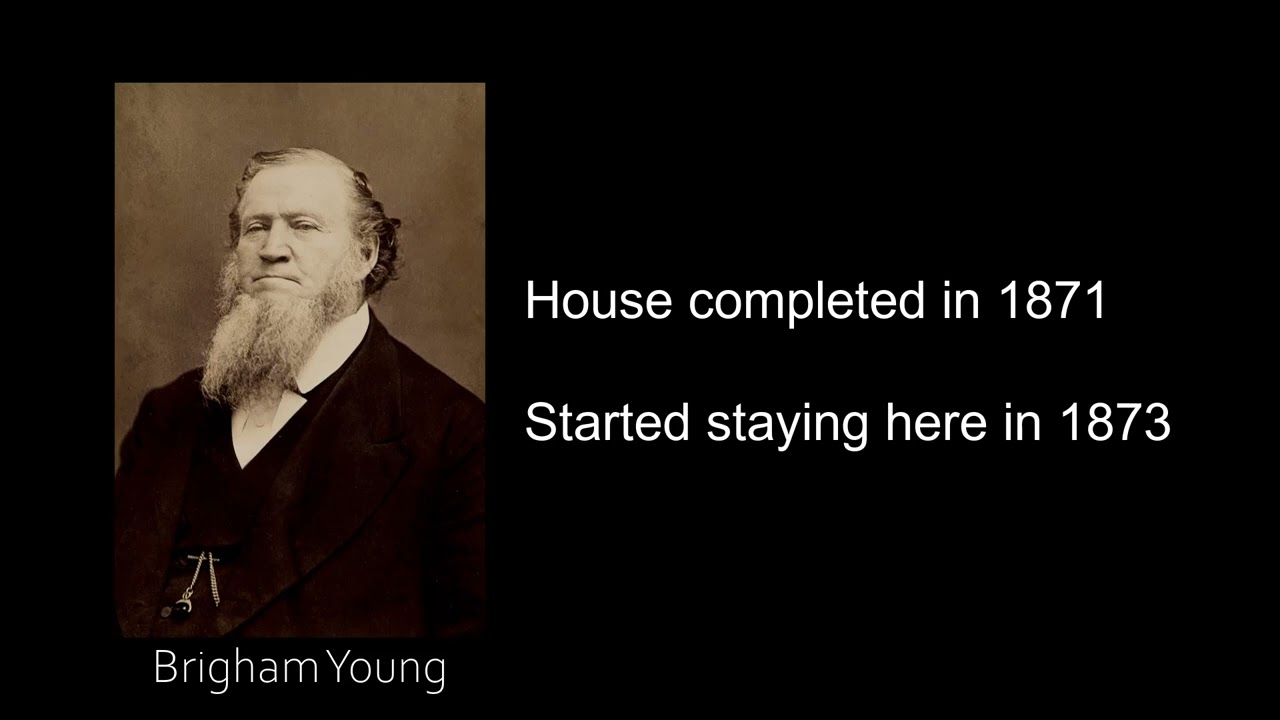Remember Our Heritage
What makes this area so attractive?
Learn the history of southern Utah and those who carved out
the beginning of this little bit of heaven.
About Us
St. George Pioneer Courthouse stands next to the McQuarrie Memorial Daughters of Utah Pioneers Museum. located on the corner of 100 East and St. George Boulevard in St. George, Washington County, Utah. These two buildings together are important to the community.
The Pioneer Courthouse has offered tours, events, and displays for visitors. The Daughters of the Utah Pioneer McQuarrie Memorial Museum, preserves photos, relics, and histories of many early settlers of southern Utah.
On November 18, 2023, the Pioneer Courthouse was closed to prepare for upcoming renovations. A Video providing a tour of the interior of the building is available, as well as videos of walking tours through the historic district of St. George.
https://www.backroadswest.com/blog/st-george-historical-walking-tour/
This site provides links to:
the Pioneer Courthouse Facebook page
the McQuarrie Memorial DUP Museum website
Other local historical museums and societies have been invited to submit information regarding their collections. Use QR Code for list.

Watch these YouTube videos on the History of the Courthouse.
https://youtu.be/ggILFKuo4EY
https://youtu.be/zB4rpWWXre0
https://youtu.be/gnKSO3u0kLc
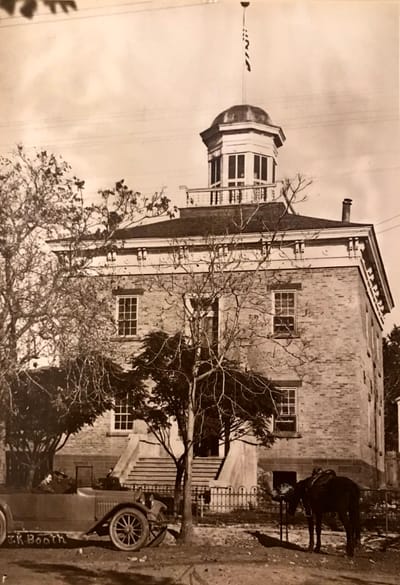
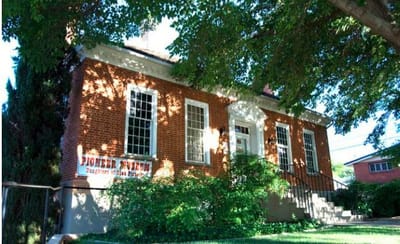
More About pioneer courthouse
During the 90 years the Pioneer Courthouse operated as a courthouse, it served as a hub for citizens of every community in the area. When it opened in 2019, it served as a historic landmark where photos of early days were shared to help visitors understand what it took to build a permanent settlement out of such a harsh environment. Stories were told of the specific challenges endured. Activities were held to bring people together to celebrate living in such a beautiful land. The building was constructed of local sandstone and has many unique features, including 18-inch-thick walls, old chandeliers, a cupola designed with a gallows, and the local jail.
The Pioneer Courthouse was operated by an all-volunteer organization.
More About Daughters of Utah Pioneers
Another exciting item in the museum's extensive collection is a sizable drum commissioned by Joseph Smith and created in Nauvoo, Illinois, by Edward Duzette, a celebrated drummer of the Nauvoo brass band. It is a unique drum in that the instrument can produce a melodic tune, as well as keep a beat.
Also on display is a large loom that weaved rag rugs for over a century, and remarkably is still in use today. The wood used to build the loom came from Pine Valley, Utah, and Robert Gardner, who owned and operated a sawmill, is credited with assembling this valuable piece of St. George's history.
The Museum continually receives items donated by family members of early settlers. The displays and arrangements of the rooms frequently change.
Historic St. George Virtual Walking Tours
This document describes the many historic buildings included in the Green Gate Village just west of Main Street on Tabernacle Street in St. George, Utah. The homes were lived in by some of our earliest settlers. Other buildings are described along the way.
Read MoreThe Ancestor Square walking tour describes many historical buildings in the block called "Ancestor Square." These buildings have been converted into restaurants, retailers, and art galleries.
Read MoreThe Pioneer Corner walking tour highlights the two main buildings consisting of the Pioneer Courthouse and the Pioneer Museum. The Courthouse is one of the oldest standing buildings in Washington County. Others building occupying the city block are also described.
Read MoreThe Town Square walking tour describes many important buildings such as the Tabernacle, the Dixie Academy (Children's Discovery Museum), and Woodward School. Many community events are held in this square.
Read MoreArea History
Four distinct eras constitute the early story of this area:
1. Early Explorers
2. Paiutes
3. Indian Missionaries
4. Early Settlements
Explore each of these eras and their peoples to more fully understand how this area developed and grew into the thriving metropolis of today.
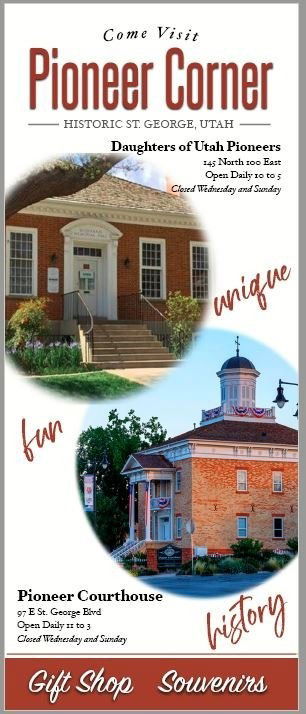
Early Explorers
Two of the early explorers to the area were Franciscan Catholic Priests. In 1776, Father Atanasio Dominguez and Father Silvestre Velez de Escalante traversed this wild country in their pursuit of a trail to reach the Pacific Ocean. The Domínguez–Escalante expedition was a Spanish journey of exploration conducted in 1776 by two Franciscan priests, Atanasio Domínguez and Silvestre Vélez de Escalante, to find an overland route from Santa Fe, New Mexico, to their Roman Catholic mission in Monterey, on the coast of modern-day central California.
Domínguez, Vélez de Escalante, and Bernardo de Miera y Pacheco, acting as the expedition's cartographer, traveled with ten men from Santa Fe through many unexplored portions of the American West, including present-day western Colorado, Utah, and northern Arizona. Along part of the journey, three indigenous guides of the Timpanogos tribe (Ute people) aided them. The land was harsh and unforgiving, and hardships encountered during travel forced the group to return to Santa Fe, New Mexico before reaching Las Californias. Maps and documentation produced by the expedition aided future travelers. The Domínguez–Escalante route eventually became an early template for the Old Spanish Trail, a trade route from Santa Fe to Pacific Coast settlements." Several explorers came after the Escalante and Dominguez expedition, such as Jedediah Smith, John Fremont, and Jim Bridger, to name a few. Each added to the body of knowledge needed to face the challenges in the mountains of the West. Much information was passed on to Brigham Young as he prepared the exodus from the United States to the Great Salt Lake Valley.
Shivwits Band of Paiutes
Indian Missionaries
Early Settlement
Historic Buildings
Early Settlers
Founding families of st george
Meet our Mayors - St. George
Jacob M. Gates
2nd Mayor of St. George
Francis L. Daggett
15th Mayor of St. George
John T. Woodbury
18th Mayor of St. George
Albert E Miller
20th, 22nd, and 25th Mayor of St. George
J. Clinton Snow
29th Mayor of St. George
Marion H. Bowler
31st Mayor of St. George
Daniel D. McArthur
35th Mayor of St. George
Historic Homes
Markers and Monuments
In Bloomington there is a marker that describes the early days in the area.
Read More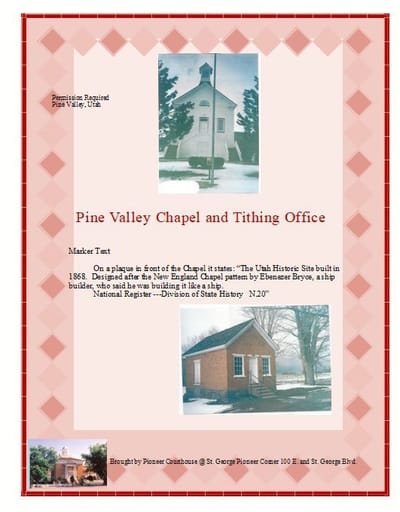
Pine Valley
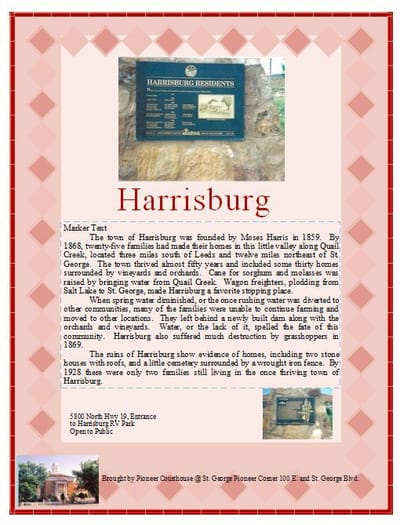
Harrisburg
Articles
Video of Courthouse
VIDEO OF MINI WALKING TOUR - INTRO
vIDEO OF MINI TOUR - dup mUSEUM
video of mini tour - OPERA HOUSE
video of mini tour - Homes on 100 west
VIDEO OF MINI TOUR - sT. gEORGE aCADEMY
video of mini tour - st. George tabernacle
VIDEO OF MINI TOUR - HISTORIC PIONEER COURTHOUSE
MEET THE CHARACTERS
Catherine Steel
Catherine Steel is a character you might meet on an Historic St. George Live Tour in St. George, Utah
Jacob Hamblin
Jacob Hamblin always greets the guests arriving for the Historic St. George Live tours in St. George, Utah. Come learn his story.
Judge John Menzies Macfarlane
Judge Macfarlane holds a mock trial at the Historic Pioneer Courthouse when you attend an Historic St. George Live tour in St. George, Utah.
Louisa Hamblin
Come meet the wife of Jacob Hamblin and learn more about his personality as you attend an Historic St. George Live tour in St. George, Utah.
St. George Walking Tour - Intro - Courthouse
ST. GEORGE WALKING TOUR - COMMERCIAL BUILDINGS
ST. GEORGE WALKING TOUR - RESIDENTIAL HOMES
Contact
- Pioneer Courthouse 97 UT-34, St. George, Utah, 84770
- 97 E. St. George Blvd., St. George, UT 84770
- +1-435-632-1215
- pioneer.courthousesg@gmail.com
- Pioneer Courthouse is currently closed to the public pending renovation.
Oldest standing public building in Washington County, Utah.
